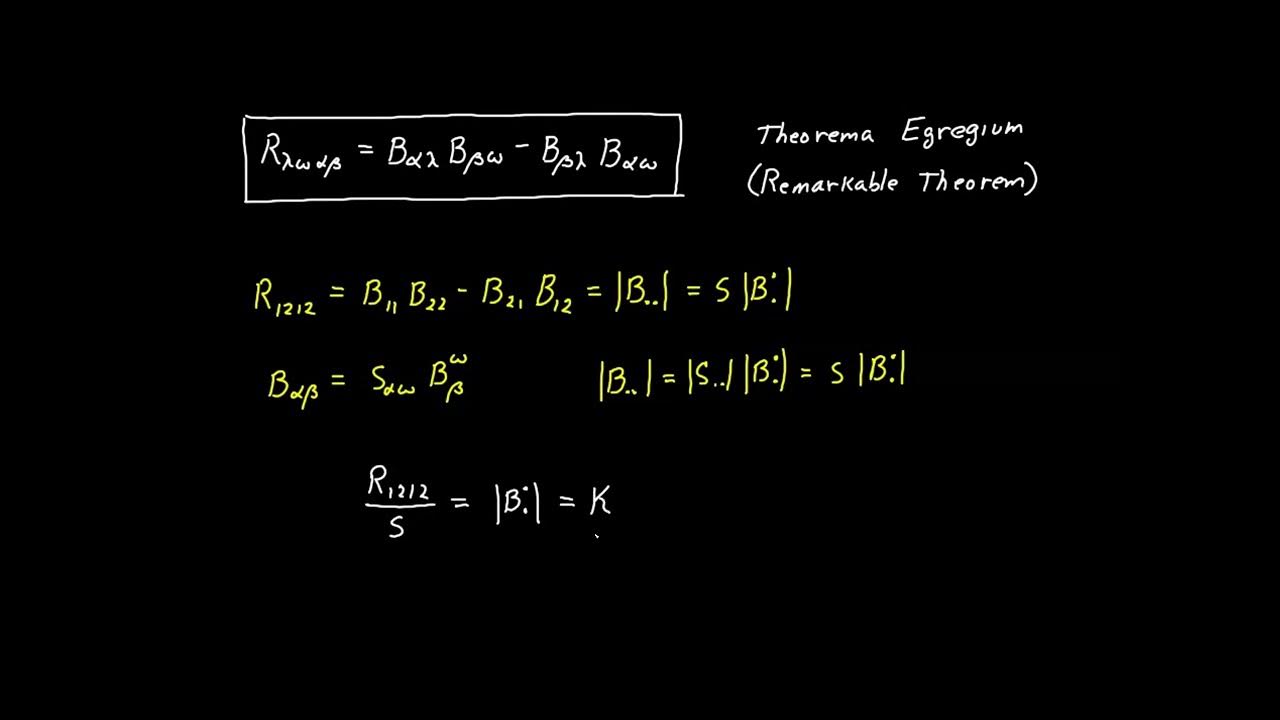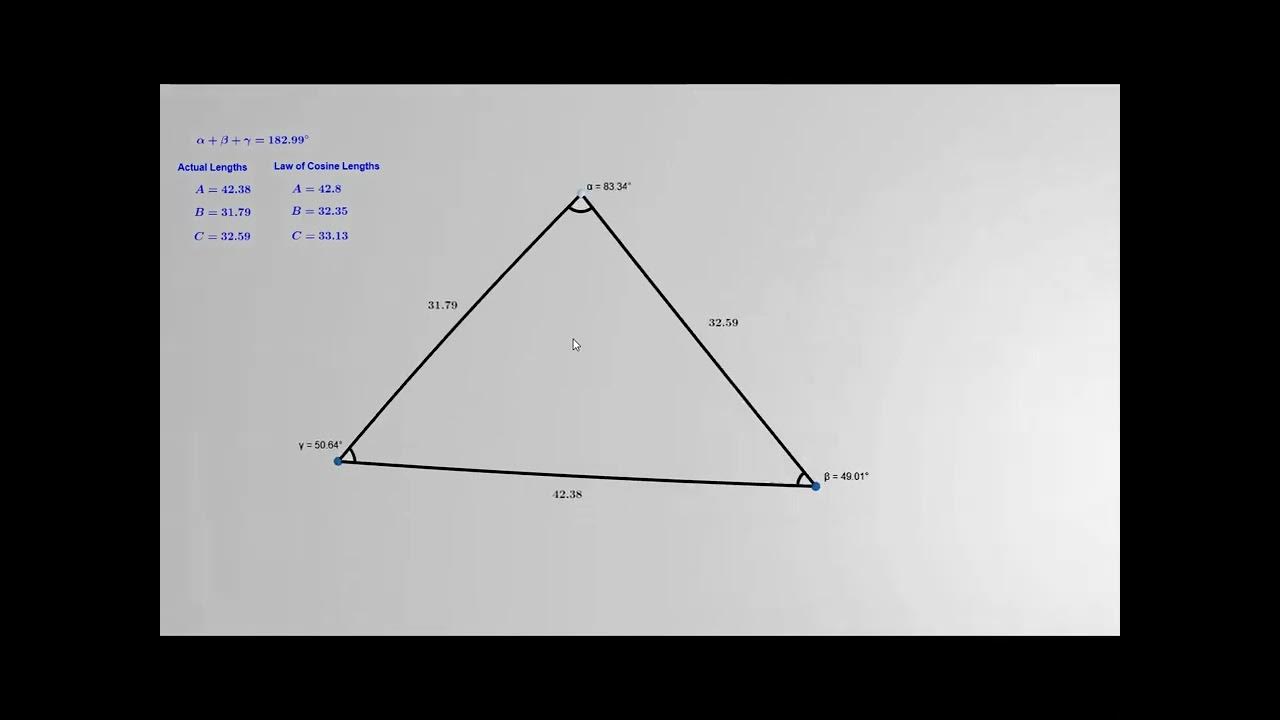How to get motivated even when you don’t feel like it
TLDRThe video script delves into the nature of motivation, a concept psychologists define as the driving force behind initiating and maintaining behaviors. It distinguishes between intrinsic motivation, which stems from the enjoyment of an activity itself, and extrinsic motivation, which is goal-oriented and often linked to rewards or outcomes. The script highlights the importance of intrinsic motivation for long-term engagement and persistence, as exemplified by a study showing that those focused on the process rather than the outcome were more likely to stick to their New Year's resolutions. It also touches on the overjustification effect, where additional extrinsic motivators can diminish the intrinsic drive. The video suggests that while extrinsic motivators can be useful for unappealing tasks, focusing on building intrinsic motivation through enjoyable experiences can lead to more sustainable engagement with one's goals.
Takeaways
- 🎨 **Intrinsic vs. Extrinsic Motivation**: Motivation is categorized into intrinsic, which is the desire to do something for its own sake, and extrinsic, which is driven by external rewards or outcomes.
- 🌟 **Source of Drive**: Understanding the source of motivation is crucial for maintaining it, as it's the energy that propels you to act.
- 🕹️ **Hobbies and Intrinsic Motivation**: Activities like playing video games are often pursued for their inherent enjoyment, reflecting intrinsic motivation.
- 🦷 **Extrinsic Motivation Examples**: Extrinsic motivation can be seen in actions like going to the dentist, where the outcome (healthy teeth) is the motivator, not the activity itself.
- 💰 **Rewards and Persistence**: A study found that those focused on the outcomes of their goals (extrinsic motivation) were less likely to persist, whereas enjoyment in the pursuit predicted better adherence.
- 🏋️♀️ **Pleasure in the Routine**: Engaging in enjoyable activities can make maintaining routines, like exercise, more likely.
- 📚 **Long-Term Engagement**: Research indicates that high levels of intrinsic motivation are more effective for long-term engagement in activities such as school, work, or exercise.
- 🧐 **Mixed Motivations**: Day-to-day actions are often driven by a mix of intrinsic and extrinsic motivations, like studying for a test due to curiosity and the desire for a good grade.
- 🚫 **Overjustification Effect**: Adding extrinsic motivators to an already intrinsically motivating task can reduce overall motivation, as seen in the case of military cadets.
- 🤔 **Task Enjoyment**: When tasks are uninteresting, extrinsic rewards can provide the necessary push to get started and complete them.
- 🎉 **Boosting Motivation**: To increase drive, especially for unenjoyable tasks, focus on building intrinsic motivation by making the task more enjoyable in the moment, such as by adding music or social elements.
Q & A
What is the definition of motivation according to psychologists?
-Psychologists define motivation as the desire or impetus to initiate and maintain a particular behavior. It is the energy that drives you to do something.
What are the two broad categories of motivational forces?
-The two broad categories of motivational forces are intrinsic and extrinsic motivation.
How is intrinsic motivation described in the script?
-Intrinsic motivation is involved when you experience an activity as an end in itself, driven by the enjoyment, meaning, interest, or satisfaction found in performing the task.
What is an example of extrinsic motivation mentioned in the script?
-An example of extrinsic motivation is going to the dentist, where the motivation is not the enjoyment of the activity itself but the outcome of having clean, healthy teeth.
According to the script, what is the potential issue with focusing too much on extrinsic rewards?
-Focusing too much on extrinsic rewards can lead to a short-lived motivation. Extrinsic motivation, such as receiving praise or money, may not be as effective in maintaining long-term engagement and persistence.
What did the 2017 study find regarding the focus on outcomes and extrinsic motivation?
-The 2017 study found that people who were highly focused on the outcomes of their New Year's resolutions or driven by extrinsic motivation were not the most likely to stick to them.
Why are high levels of intrinsic motivation important for long-term engagement?
-High levels of intrinsic motivation are important for long-term engagement because they are more likely to keep you interested and committed to your goals, leading to greater persistence and success.
What is the overjustification effect as described in the script?
-The overjustification effect is the phenomenon where additional extrinsic motivators can actually confuse or diminish the intrinsic drive to do something, especially when the task is already found to be motivating.
How can extrinsic motivators be beneficial when faced with uninteresting tasks?
-Extrinsic motivators can be beneficial when faced with uninteresting tasks by providing sufficient justification to complete the task, such as receiving praise from a loved one or promising oneself a reward upon completion.
What strategies are suggested in the script to increase intrinsic motivation?
-The script suggests focusing on making the task more enjoyable in the moment, such as asking a friend to join you or putting on your favorite playlist, to increase intrinsic motivation.
How can the understanding of intrinsic and extrinsic motivation help in maintaining motivation for a task?
-Understanding intrinsic and extrinsic motivation can help in maintaining motivation by identifying which type of motivation is driving a task and ensuring a balance between the two. It can also help in choosing tasks or modifying them to align with one's intrinsic interests, leading to more sustainable motivation.
What is the significance of the distinction between intrinsic and extrinsic motivation in the context of goal pursuit?
-The distinction is significant because it highlights the importance of aligning one's motivation with the nature of the goal. While extrinsic motivation can be effective for short-term or less enjoyable tasks, intrinsic motivation is more sustainable and conducive to long-term success and personal fulfillment.
Outlines
🎨 Understanding Motivation
The paragraph discusses the concept of motivation, which psychologists define as the desire to initiate and maintain a particular behavior. It distinguishes between intrinsic motivation, where an activity is pursued for its own sake, and extrinsic motivation, where a task is done as a means to an end, often for a reward. The paragraph also touches on the overjustification effect, where adding extrinsic motivators can diminish intrinsic drive if the task is already engaging. It concludes with advice on increasing intrinsic motivation by making tasks more enjoyable.
Mindmap
Keywords
💡motivation
💡intrinsic motivation
💡extrinsic motivation
💡overjustification effect
💡New Year's resolutions
💡persistence
💡portfolio
💡
💡hobby
💡psychologists
💡extrinsic rewards
💡laziness
Highlights
Motivation is the desire or impetus to initiate and maintain a particular behavior.
Intrinsic motivation is when you experience an activity as an end in itself, like a hobby.
Extrinsic motivation refers to pursuing a task as a means to an end, driven by rewards that come later.
Extrinsic rewards like money may seem appealing, but their effectiveness can be short-lived.
A 2017 study found that focusing on outcomes or being driven by extrinsic motivation was not the best predictor of sticking to New Year's resolutions.
High levels of intrinsic motivation - enjoying the process of pursuing goals - predicted better persistence.
Day-to-day actions are rarely exclusively intrinsically or extrinsically motivated. Both can play a role.
A study of military cadets found that being driven by both intrinsic and extrinsic motivators was less effective than focusing on just one.
The overjustification effect occurs when additional extrinsic motivators muddy the waters when intrinsic motivation is already present.
Extrinsic rewards can be beneficial when facing an uninteresting task, providing sufficient justification to complete it.
Adding extrinsic motivators is not a problem if the task is not already motivating.
Focusing on building intrinsic motivation by making the task more enjoyable in the moment can increase drive.
Asking a friend to join you or putting on your favorite playlist can give you the boost to get started and stick with your goals.
Motivation is complex and can be difficult to find, even when passionate about a goal.
Intrinsic motivation for school, a job, or an exercise class is more likely to keep you engaged in the long run.
Performing tasks that feel right in the moment, are meaningful, interesting or satisfying are driven by intrinsic motivation.
Examples of extrinsic motivation include completing a task to receive praise, power, or money.
When you're faced with an activity you find tedious, adding extrinsic rewards can make it feel less daunting.
Transcripts
Browse More Related Video

Grading is a Scam (and Motivation is a Myth) | A Professor Explains

How I Tricked My Brain To Like Doing Hard Things (dopamine detox)

Video 86 - Theorema Egregium

Episode 5 - Bad Reasons for Taking AP Physics 1

Video 81 - Intrinsic Curvature

Cardiovascular | Electrophysiology | Intrinsic Cardiac Conduction System
5.0 / 5 (0 votes)
Thanks for rating: